Pride and caution for first-time galleries at Art Basel Miami Beach
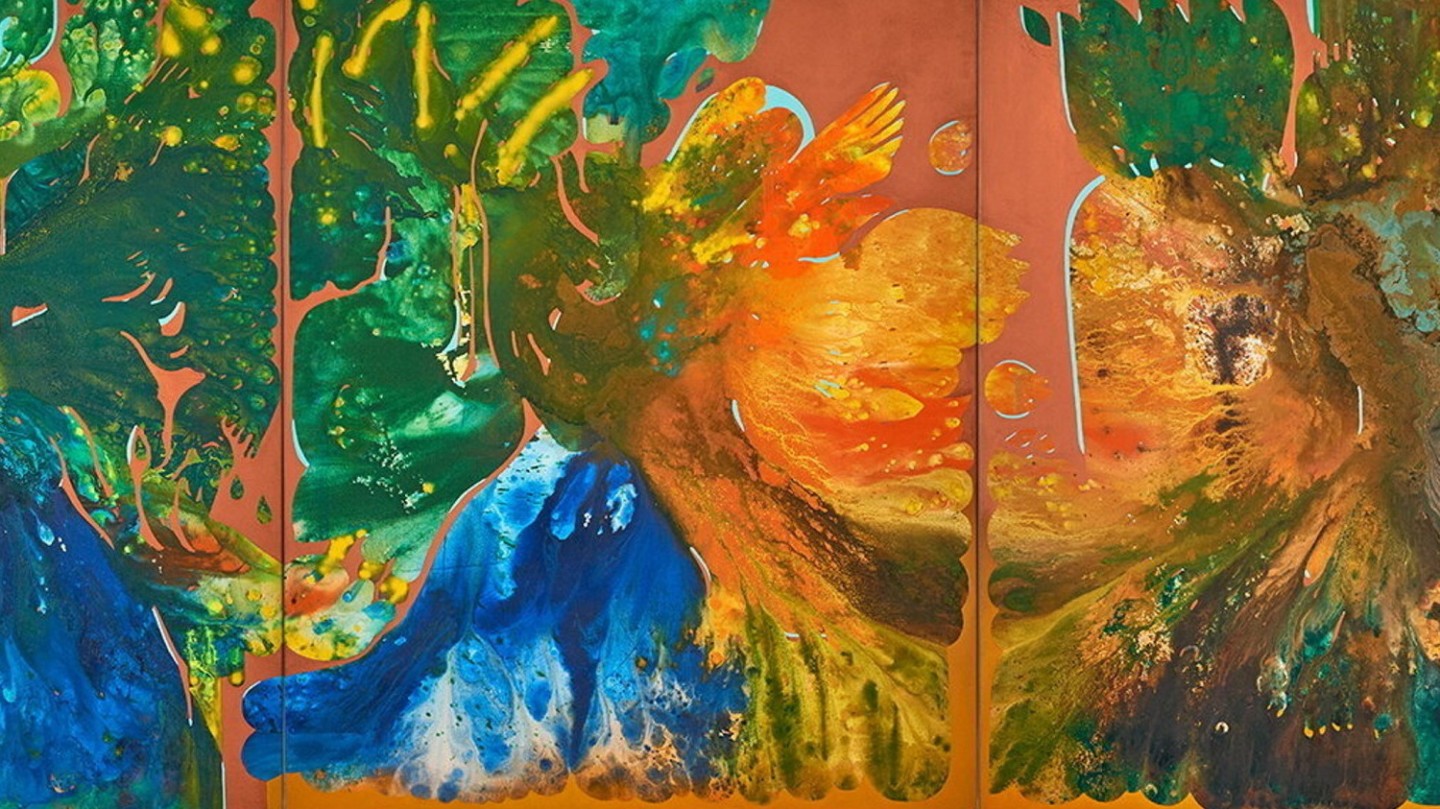
Roula Khalaf, Editor of the FT, selects her favourite stories in this weekly newsletter.
Being a debutant at one of the biggest balls in the art-fair calendar can be a daunting experience. This year, 25 first-time participants, nearly 10 per cent of the total 277 galleries, will set out their stands at Art Basel Miami Beach alongside big-name dealers dominant in the market. But what does it feel like to be a fair virgin?
Being admitted to the Florida fair is a “milestone for the gallery”, says Nick Lawrence, founder of Freight+Volume in New York. “We are thrilled, and a bit nervous, to participate after 20 years of participating in various satellite fairs in Miami and several times on the ABMB wait-list.”
Freight+Volume, established in 2003, is offering canvases and works on paper by the poet Karen Finley ($2,500-$25,000) in the Survey sector where artists of “historical relevance” are shown. A restaging of Finley’s interactive installation “Go Figure” (1997-98) — a controversial performance comprising a life drawing class, complete with nude model — will be the booth centrepiece.
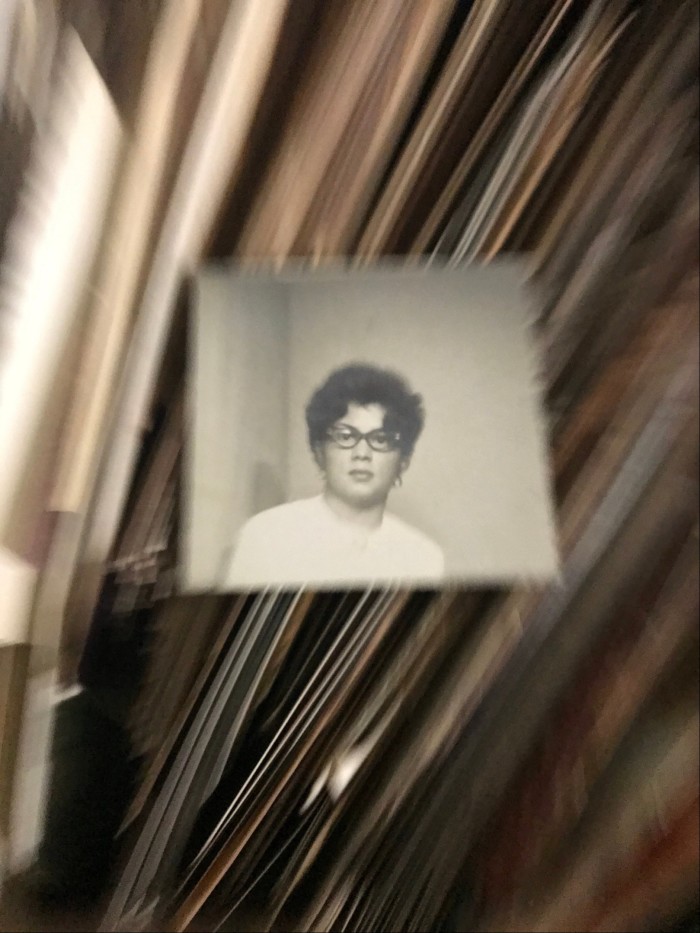
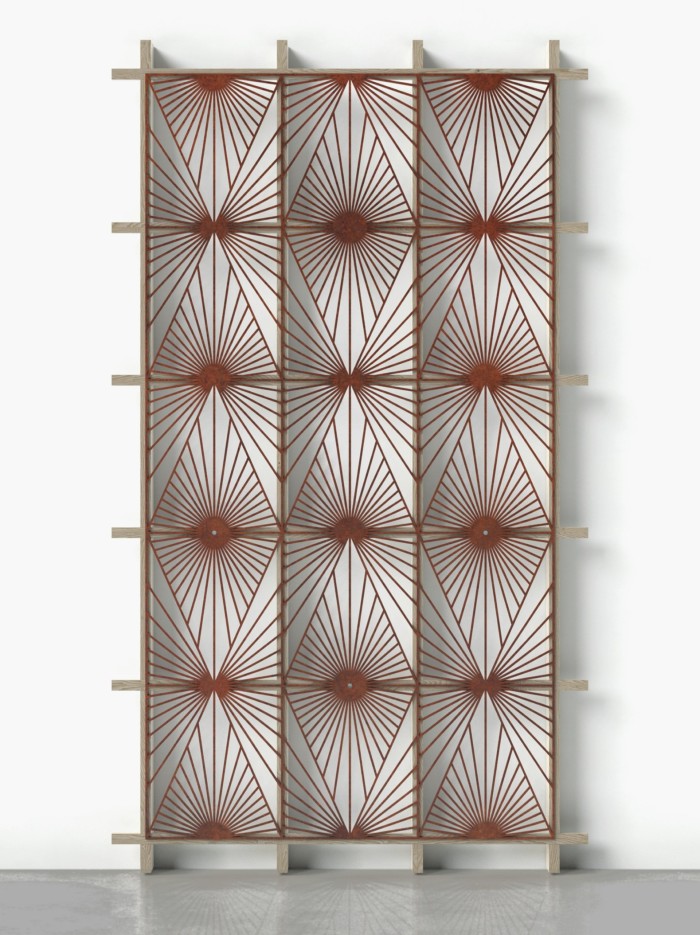
The pride and prestige of being accepted need to be balanced with practical considerations. Luis De Jesus of the eponymous Los Angeles gallery says taking part in a US fair helps keep costs down. “Shipping costs have really gotten out of control — as have flights, hotels, and restaurants — but we do our due diligence in managing it,” he says.
As a newcomer in the Nova sector for works created in the past three years, he is showing several new Graft sculptures by Puerto Rico-born Edra Soto ($28,000-$40,000), while Vian Sora’s painting “Abzu” in the Meridians section, a platform for large-scale pieces, is available for $100,000-$200,000.
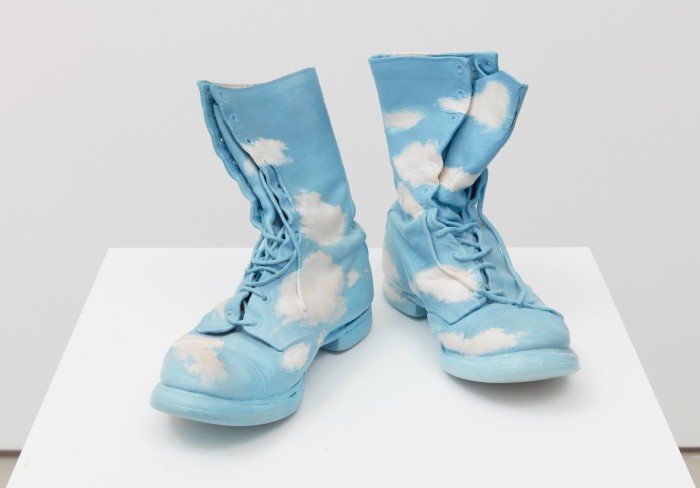
Klaus von Nichtssagend Gallery in New York, another newcomer in the Survey sector, takes part in three to four fairs annually, showing this year at Art Brussels and the Independent Art Fair in New York. “Where you may save on shipping, you pay for the size of your booth or accommodation for staff,” says co-founder Sam Wilson. “We try to approach fairs strategically where we think we can expand our audience the most for particular artists.” The gallery is showing works by the late Fluxus artist Geoffrey Hendricks ($40,000-$150,000).
This year, three galleries have been selected to join the main Galleries sector directly, a rare honour, including Galerie Minsky from Paris and San Francisco’s Weinstein Gallery, which are sharing a stand to present works by the Surrealist artist Leonor Fini ($12,000-$3.5mn). New York gallery Ortuzar Projects is the other first-timer; its 20th-century standout works include a Lynda Benglis wall sculpture (“Centaurus”, 1987, $1.65mn) and an important Ernie Barnes basketball picture (“Slam Before the Storm”, 1979, $1.2mn). Contemporary highlights include works by Suzanne Jackson, Matt Connors and Takako Yamaguchi ($100,000-$400,000).
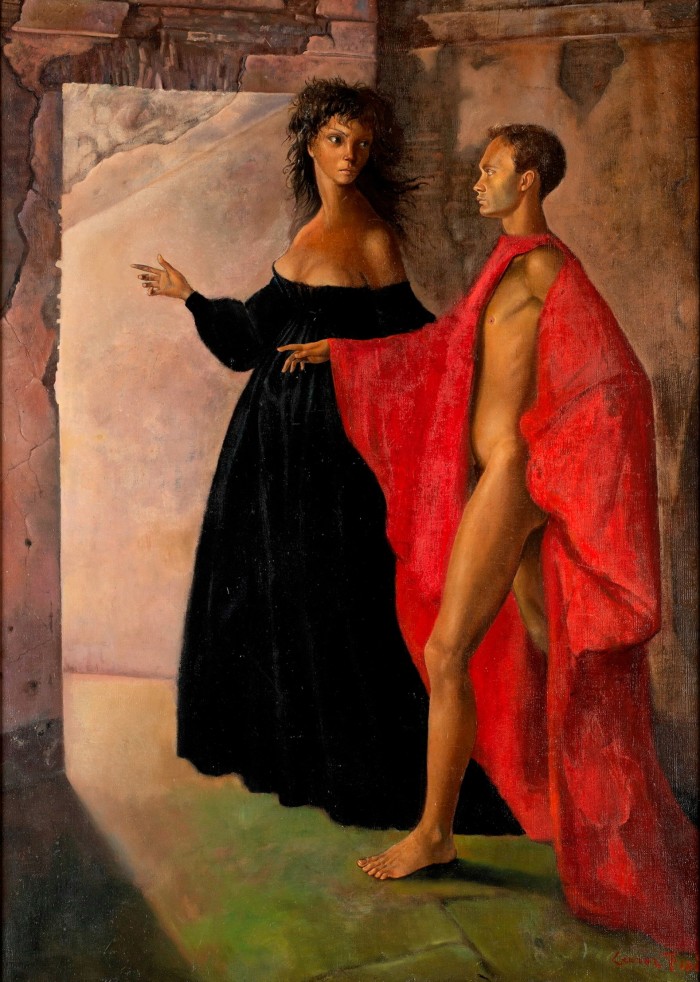
So how do newbies get in? Vincenzo de Bellis, Art Basel’s director of fairs and exhibition platforms, says: “We don’t set an exact number of first-timers for each show, however we actively encourage applications from younger and emerging galleries and galleries from regions not yet reflected in our show.”
Fair management has taken “important steps” to lowering the barriers for entry by revising eligibility criteria, he adds, for instance lifting the requirement to have a permanent space (prospective galleries can now stage shows as part of a roving exhibition programme).
“We have reduced rates for booths in our Positions, Nova and Survey sectors and we provide two years’ worth of further discounts for galleries with contemporary programmes coming into the main sector for the first time,” De Bellis says. Since 2019, Art Basel has also operated a sliding-scale pricing model for booths in its main sectors.
The large number of US-based galleries on the newcomer roster in Miami stands out, raising the question of whether homegrown galleries are focusing on the domestic market to keep costs down. So was the top-heavy US selection of first-timers intentional? De Bellis says that each of the Basel fairs is defined by its host city and region: nearly two-thirds of exhibitors in Miami have principal locations in North and Latin America.
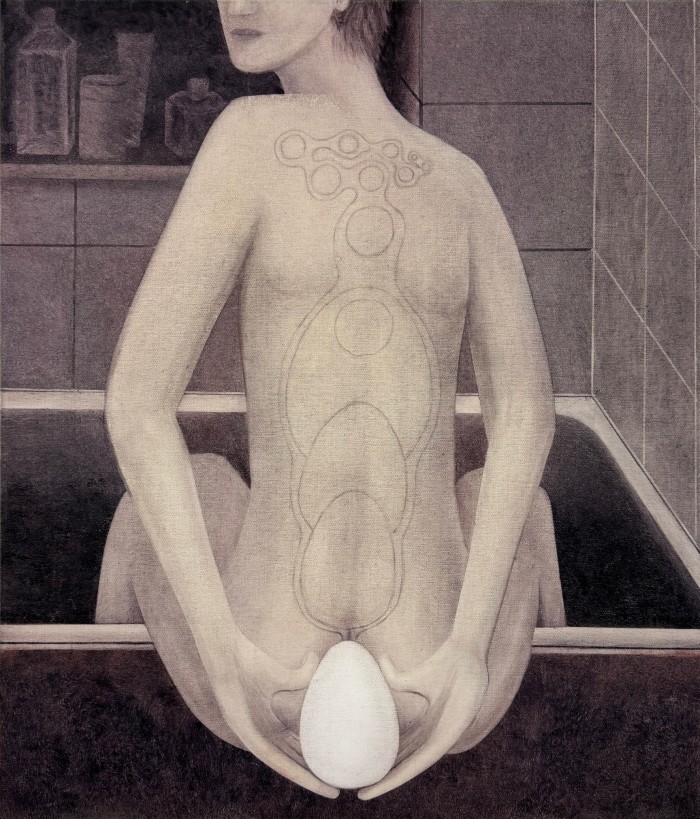
Other debutants come from Canada (Bradley Ertaskiran) and Poland. Dawid Radziszewski of Warsaw, who is showing queer-themed works by the artist Krzysztof Grzybacz (around $10,000 each), points out that for his gallery, it is not just about sales. “Taking part confirms our position in the local and global market,” he says.
Meanwhile, 56 Henry gallery in New York is in the Positions sector — solo presentations of emerging artists presented by young galleries — along with eight other newcomers. “We’re delighted and nervous at the same time,” says owner Ellie Rines.
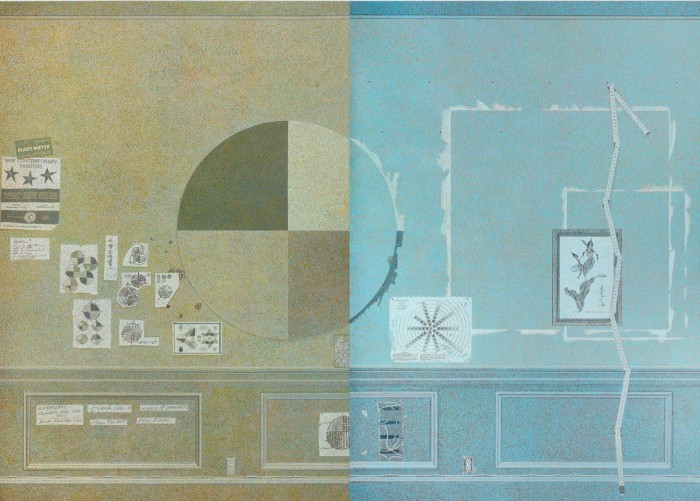
Her booth comprises a series of pointillist painting panels by New York-based Cynthia Talmadge, all inspired by the Washington, DC Colour Field artist Mary Pinchot Meyer. The works are priced at $70,000 each; the gallery hopes to sell the installation as a unit to a museum.
“The scope of the project makes it obtainable only for institutions or the most ambitious private collections. We’re rolling the dice a bit, closing our eyes and crossing our fingers that it all works out,” says Rines.
December 6-10, artbasel.com
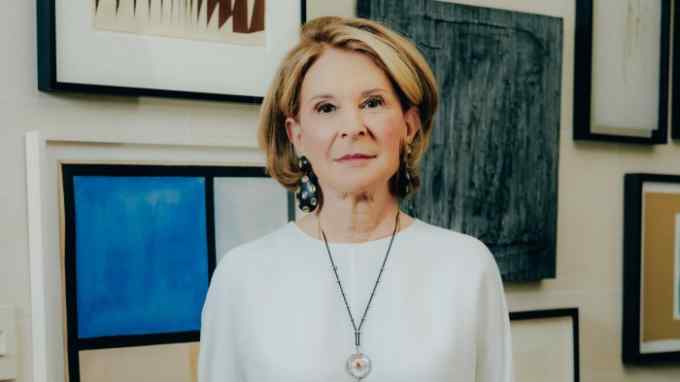
Comments